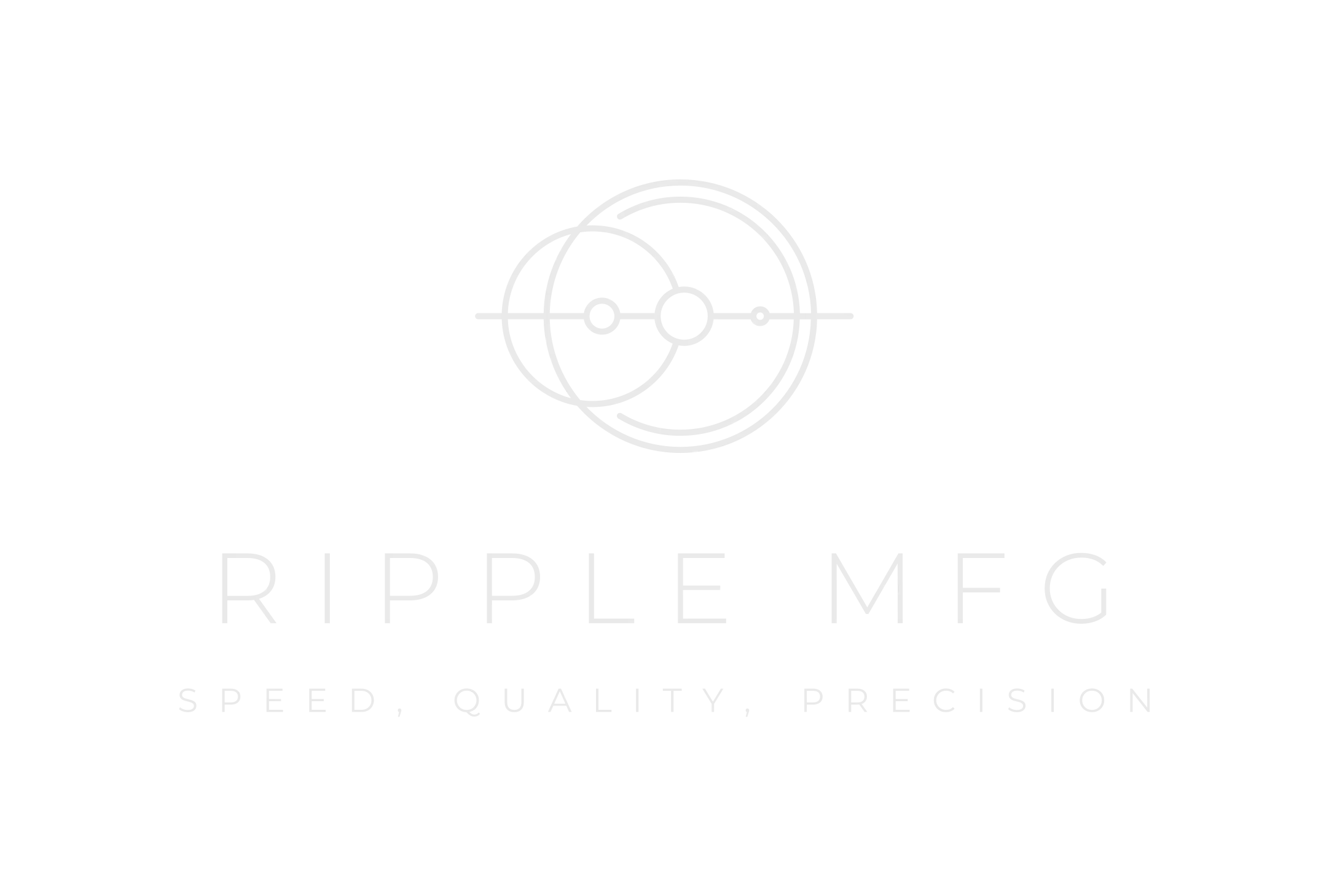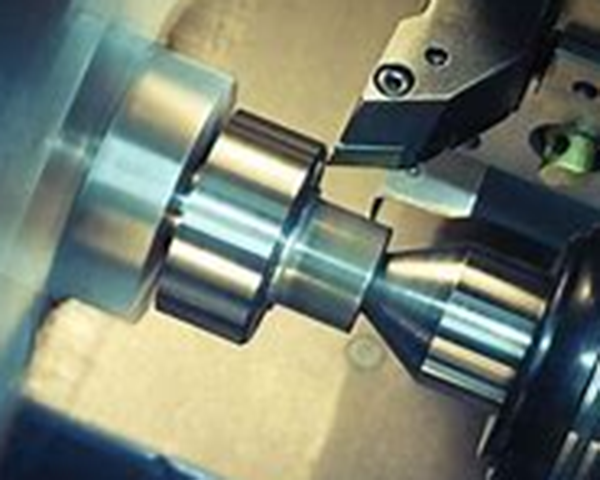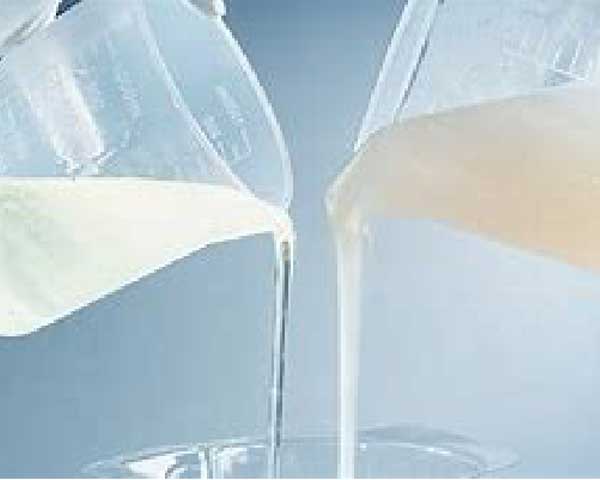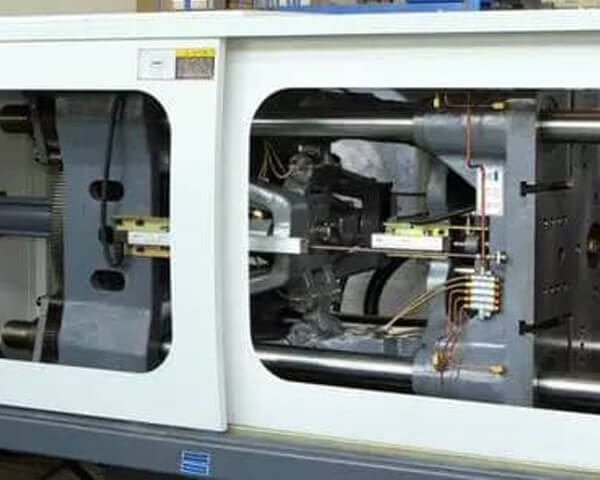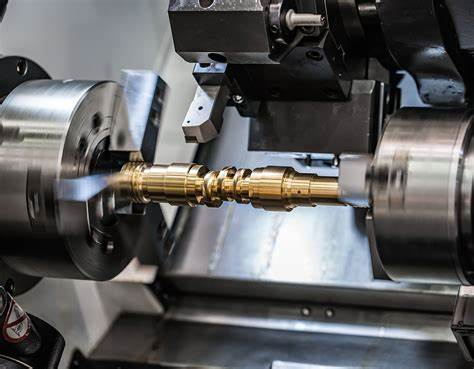What is 5 Axis CNC Machining?
5 axis CNC machining is a type of computer-controlled machining that uses five axes of motion to cut and shape materials. The five axes allow for greater flexibility and precision in machining complex shapes and contours. Unlike traditional 3 axis machining, which moves the cutting tool along three axes (X, Y, and Z), 5 axis machining adds two additional axes (A and B) that allow the cutting tool to approach the material from different angles.
5 axis CNC machining service is commonly used in industries such as aerospace, automotive, and medical device manufacturing, where highly precise and complex parts are required. It can be used to machine a variety of materials, including metals, plastics, and composites.
Tolerance in 5 Axis CNC Machining
Tolerance refers to the degree of precision and accuracy in a machining process. In 5 axis CNC machining, tolerance is important because it can affect the quality and functionality of the final product. The tolerance of a 5 axis CNC machine is affected by several factors, including the machine's design, the cutting tools used, and the materials being machined.
One of the main advantages of 5 axis CNC machining is that it allows for greater precision and accuracy than traditional 3 axis machining. This is because the additional axes allow the cutting tool to approach the material from different angles, which can help to reduce errors and improve accuracy.
The tolerance of a 5 axis CNC machine can vary depending on several factors, including the type of machine being used, the materials being machined, and the complexity of the part being produced. However, in general, 5 axis CNC machines can achieve tolerances of +/- 0.001 inches or better.
Factors that can affect tolerance in 5 axis CNC machining include the rigidity of the machine, the quality of the cutting tools, and the stability of the workpiece. In order to achieve the highest levels of precision and accuracy, it is important to use high-quality machines, cutting tools, and materials, and to ensure that the workpiece is securely held in place during the machining process.
One way to improve tolerance in 5 axis CNC machining is to use advanced software and programming tools. These high-precision machine tools can help to optimize the machining process, reduce errors, and improve accuracy. Additionally, using advanced software can help to reduce the amount of time required for programming and setup, which can help to improve overall efficiency.
5 axis CNC machining is a highly precise and efficient machining process that can be used to create complex and highly accurate parts. The tolerance of a 5 axis CNC machine can vary depending on several factors, including the machine's design, the cutting tools used, and the materials being machined. In general, 5 axis CNC machines can achieve tolerances of +/- 0.001 inches or better. By using high-quality machines, cutting tools, and materials, and by optimizing the machining process using advanced software and programming tools, manufacturers can achieve the highest levels of precision and accuracy in their 5 axis CNC machining operations.
- Automotive Evolution: Enhancing Vehicle Design with Urethane Casting ServicesJanuary 5, 2024The world of automotive design has continuously evolved to meet the demands of consumers seeking high-performance vehicles. In recent years, urethane casting services have emerged as a vital tool for ...view
- Which Is Used for Machining Small Parts?July 22, 2023Small Part Machining: What is it?Small part machining is a process that involves removing material from a workpiece to create a smaller and more intricate part. Small parts are often used in a wide ra...view
- What Are the Advantages of 5 Axis CNC?September 19, 20235 axis CNC machining is an advanced manufacturing process that utilizes five axes of motion to cut and shape materials. This technology is an improvement over the traditional 3 axis machining process,...view
- The Role of Prototyping ServicesMarch 19, 2024Prototyping services play a pivotal role in modern manufacturing. It is not only a bridge between product design and production, but also a key force to promote product innovation and optimization. Fa...view
- Benefits of Custom Rapid Prototyping ServicesMarch 19, 2024In today's fast-moving industrial sector, custom rapid prototyping services have become an important tool for many companies to enhance the competitiveness of their products and accelerate the pac...view
- The Role of Custom Rapid Prototyping in Product DevelopmentMarch 19, 2024With the increasingly fierce competition in the market, the speed and quality of product development have become the key factors for the success of enterprises. Among them, custom rapid prototyping pl...view
